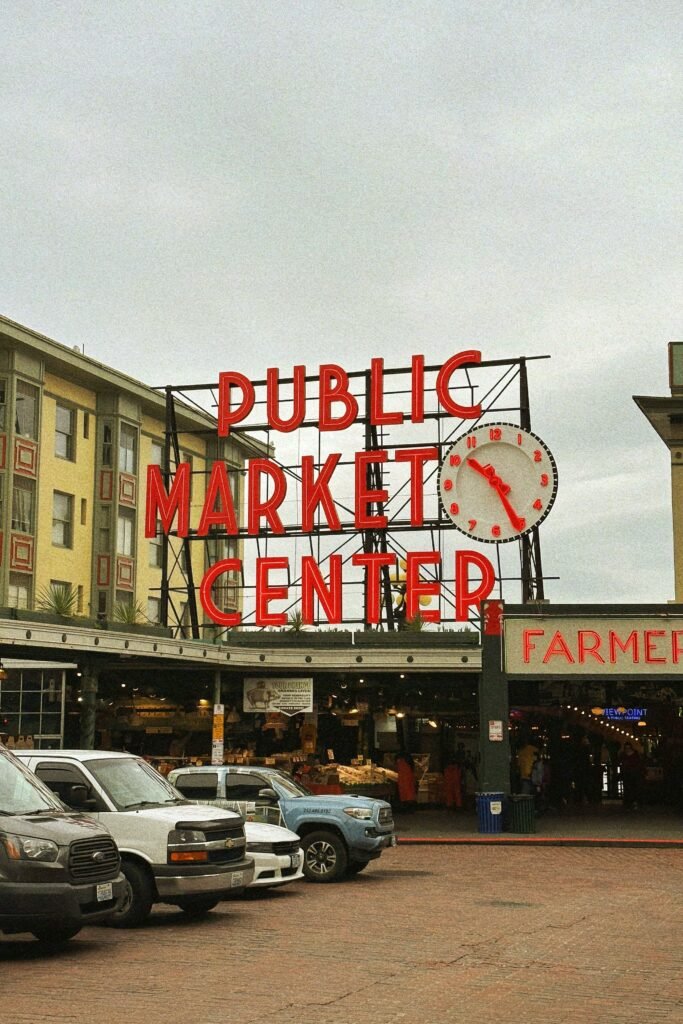
Understanding the Urban Market Dynamics
The urban market landscape in the USA is characterized by unique dynamics that distinguish it from rural or suburban markets. A primary feature of urban markets is their high population density, which directly influences consumer behavior. With a greater concentration of individuals in smaller geographic areas, urban markets tend to exhibit diverse demographics, varying significantly in terms of age, income levels, cultural backgrounds, and lifestyle preferences. This diversity necessitates a nuanced understanding of consumer needs and habits, enabling businesses to tailor their products and services effectively.
Economic activities in urban markets are often more varied and robust compared to their rural counterparts. Cities typically host a wide array of industries, including technology, finance, entertainment, and retail. These varying economic sectors foster competition among businesses, which can lead to innovation and improved services. Nevertheless, this competitive landscape poses significant challenges for new entrants, who must navigate established brands and consumer loyalty. Furthermore, urban environments may present regulatory hurdles that differ markedly from those encountered in less populated areas, requiring a sophisticated approach to compliance and strategy.
Cultural influences also play a crucial role in shaping urban market dynamics. Cities are often melting pots where different cultures converge, leading to unique trends in consumer preferences and behaviors. Businesses operating in urban markets must remain attuned to these cultural nuances, as they can significantly impact marketing strategies and product offerings. Moreover, urbanization continues to accelerate, creating both challenges and opportunities for market growth. Increased urbanization can lead to overcrowding and rising costs, but it also opens avenues for more innovative products and services that cater to the evolving urban populace.
Key Trends and Innovations in Urban Markets
The urban market landscape in the USA is undergoing significant transformation as consumer preferences evolve. One of the major trends is the increasing demand for sustainable and locally sourced products. Consumers today are more conscious of their purchasing decisions, seeking brands that not only offer high-quality goods but also prioritize environmental sustainability and ethical sourcing. This shift is prompting businesses to adapt their offerings to align with this growing demand, ultimately creating a positive impact on local economies and communities.
Another notable trend is the rise of e-commerce and digital platforms, which have become integral components of urban commerce. The COVID-19 pandemic accelerated this shift, as consumers turned to online shopping for convenience and safety. Retailers are responding by enhancing their digital presence and leveraging various online tools to reach customers, including social media marketing and influencer partnerships. This digital evolution is crucial for businesses aiming to remain competitive in a fast-paced urban market.
Moreover, experiential retail is gaining traction, emphasizing the need for physical stores to provide unique and engaging experiences. Urban consumers are increasingly looking for more than just a transaction; they are interested in immersive environments that foster connection and community. Retailers are reimagining their spaces to include interactive displays and events that resonate with their target audiences, thus creating memorable shopping experiences.
Technological advancements are further reshaping urban markets, particularly through the incorporation of mobile applications and smart technologies in retail environments. Mobile apps facilitate convenient shopping experiences while providing personalized recommendations and promotions. Additionally, the rise of on-demand services is redefining consumer expectations, pushing retailers to establish efficient supply chains that meet immediate consumer needs. As these trends continue to unfold, businesses must remain agile to adapt to the evolving urban market landscape, ensuring they meet the diverse needs of modern consumers.